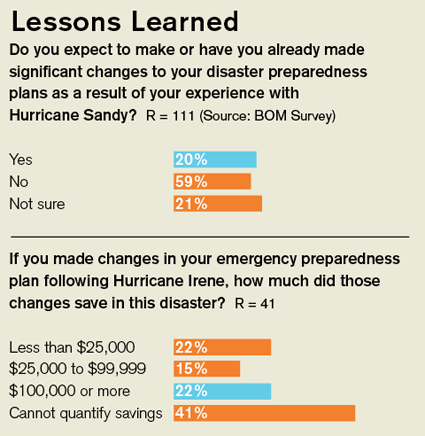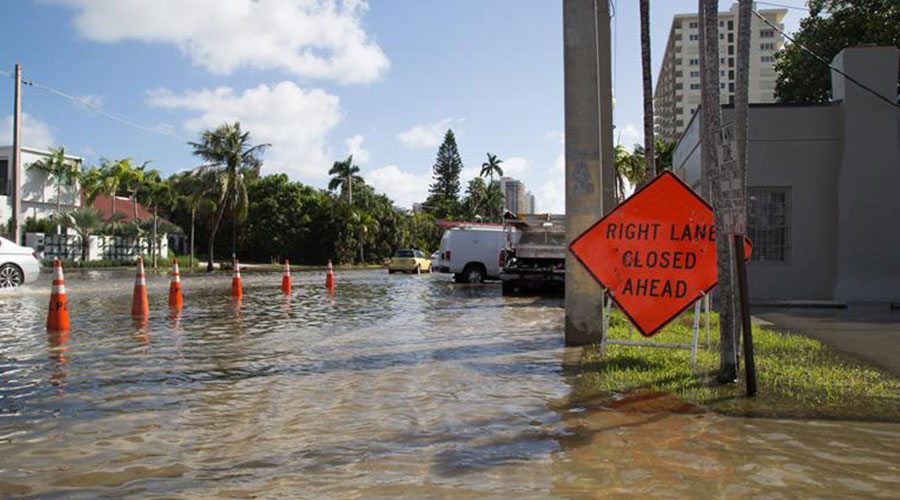For Newark Public Schools, Fuel Supply Challenges Complicated Recovery From Hurricane Sandy
Some of the most enduring images in the aftermath of Hurricane Sandy are lines of vehicles stretching hundreds of yards down the street or around the block, waiting for fuel. The double-whammy of Sandy and a fierce snowstorm the next week, combined to leave many parts of New England with the worst fuel shortages since the oil embargo in 1973. But it wasn't just motorists for whom the lack of fuel caused major headaches. Steve Morlino, executive director, facilities management for Newark Public Schools, says the scarcity of fuel was his most difficult post-storm conundrum as well.
"Our biggest problem was that we had power outages for up to seven days," he says. "We ran out of fuel for our emergency generators, and our supplier couldn't get us fuel." What's more, the district's fuel depot was connected to its own emergency power, but its generators ran out of fuel, too. The lack of fuel became dire enough that, because the port was not in service, the National Guard had to bring in fuel to avert catastrophes for some schools.
One school, in particular, presented a huge problem. A brand new $120 million high school uses sump pumps in its basement to keep groundwater at bay, says Morlino. "If we lose those sump pumps, it's going to flood." Morlino says he and his recovery team actually began filling five-gallon containers with diesel and brought them over to the school in pickup trucks to fuel the back-up generators. "It was literally a bucket brigade. Thankfully, we had lots of dedicated people."
Another problem was that the utility didn't know which schools didn't yet have power restored, so he and his team had to keep the utility updated — not a huge deal, but just one more headache in a week of many headaches. All in all, school was out at the district for five days. The extended fuel shortage during that week also meant that many of the district's staff couldn't get fuel for their vehicles, and therefore couldn't get in to work, says Morlino.
Morlino says he and his team learned several lessons about planning for the worst in terms of power outages. For one, he says, when the next storm is imminent, he'll be sure to make an arrangement with his fuel supplier to have a tanker in place before the storm. Additionally, with three new schools on the drawing board, he and his team are asking the state to reconsider the fuel source of the backup generators. He says the buildings in his district that had natural gas-powered generators had no trouble during the storm, so he's hoping that type will be the new standard for all new buildings in the district.
— Greg Zimmerman, executive editor

Related Topics:



















